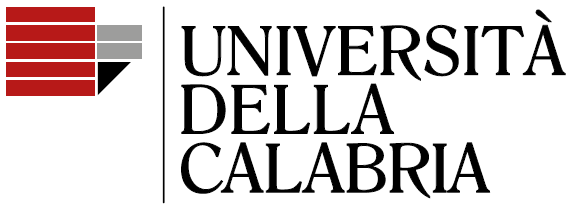Scientists from around the world are coming together to shape and address the objectives and priority actions areas of FLAME.
Please get in touch to join the community.

National Oceanography Centre (NOC), Lead Partner
The National Oceanography Centre leads co-ordination of the FLAME project. Technical developments include the next generation of high-resolution (500m to 2km) regional coastal modelling capability for the NW European Shelf, the Arctic, Caribbean and S and SE Asia; shelf-enabled global simulations that include the tide, and rapidly relocatable NEMO models than can be used to simulate regional future coastal ocean climates in multiple locations.
These new projections are being used to understand the variability, predictably and drivers of climate hazards and stressors and to elucidate the impacts on coastal habitats (e.g. mangroves, seagrass beds), ecosystem services (e.g., fisheries) and the future risk of coastal erosion and flooding.
The FLAME Steering Team



Commonwealth Scientific and Industrial Research Organisation (CSIRO), Australia
Dr. Clothilde Langlais

Marine Environmental Observation Prediction & Response network (MEOPAR), Canada (Prediction Core)
Prof. Paul Myers

National Oceanography Centre Team
Dr Jo Hopkins
Prof. Jason Holt
Dr Anna Katavouta
Projects

Euro-Mediterranean Centre on Climate Change Foundation (CMCC), Italy
Our partners in the Euro-Mediterranean Centre on Climate Change Foundation are developing an innovative fully-coupled modelling system (atmosphere-ocean-hydrology-biochemistry-waves) for the Adriatic Sea with the aim to downscale the impacts of climate change along the Adriatic coast, including sea level changes and extreme events, and to facilitate the implementation of adaptation plans. They are also working on improving the representation of the land-sea interaction at the river mouths by using an intermediate complexity box model to solve the estuarine water exchange. Plans include testing the hybrid statistical-dynamical downscaling approaches.
Team
Dr Giorgia Verri
Dr Vladimir Santos Da Costa
Dr Giovanni Coppini
Projects

Commonwealth Scientific and Industrial Research Organisation (CSIRO), Australia
FLAME partners in the Commonwealth Scientific and Industrial Research Organisation will employ a high-resolution ocean model that includes the coupling of ocean physics and biogeochemistry, waves, rivers and sediments to downscale the impacts of climate change in the Great Barrier Reef. This ocean model will also be coupled with an interactive atmosphere model and used to study cloud brightening as an adaptation technique to save the Great Barrier Reef.
Team
Dr Clothilde Langlais
Dr Emlyn Jones
Dr Mark Baird
Projects

Marine Environmental Observation Prediction & Response network (MEOPAR), Canada (Prediction Core)
The Marine Environmental Observation, Prediction and Response Network (MEOPAR) is a national Network of Centres of Excellence linking top marine researchers and highly qualified personnel across Canada with partner organizations and communities. The Prediction Core aims to develop and maintain the capacity of the network to improve and deliver tools and highly qualified personnel that will enable support Canada’s leadership in marine environmental prediction. Using the NEMO model, groups run global and regional coupled ocean-sea ice, physics-biogeochemistry models with a broad focus in the North Atlantic and the Arctic.
This partnership aims to downscale climate projections in the Arctic, the Labrador Sea, the Baffin Bay and the Hudson Bay with focus on the effects of small-scale processes. This partnership is also building tools to support rapid implementation of relocatable regional NEMO models on coastal regions around the world.
Team
Prof. Paul Myers
Projects

University of Calabria, Italy
The research interest of our partners at the University of Calabria lies in the representation of coastal water cycles in regional models, local hydrological impacts of climate change, and projections of the river outflow in terms of their effect on regional ecosystems. In partnership with CMCC, they are developing atmosphere-ocean-hydrology coupling approaches for delivering climate projections in the Adriatic Sea.
Team
Prof. Giuseppe Mendicino
Prof. Alfonso Senatore